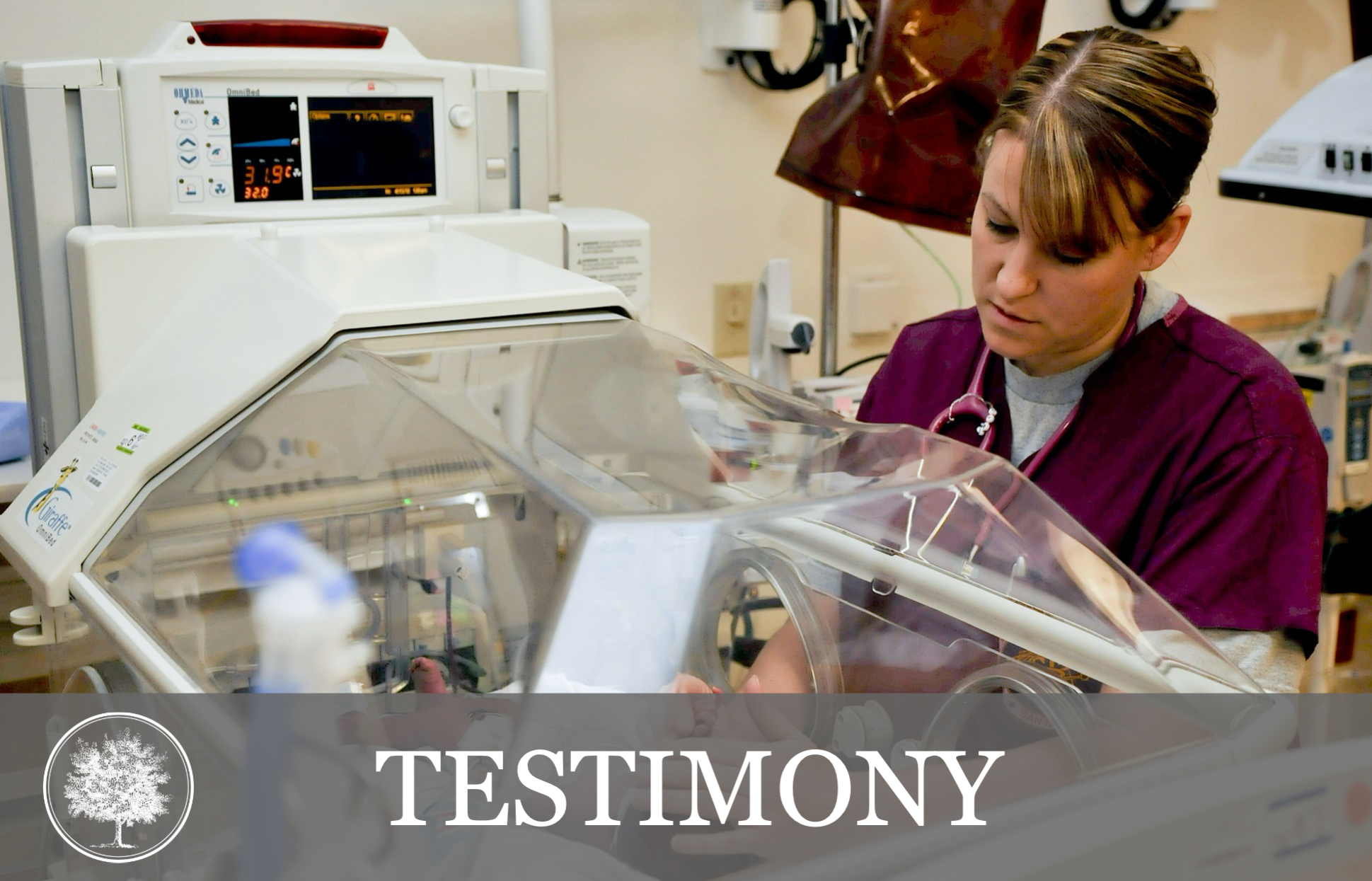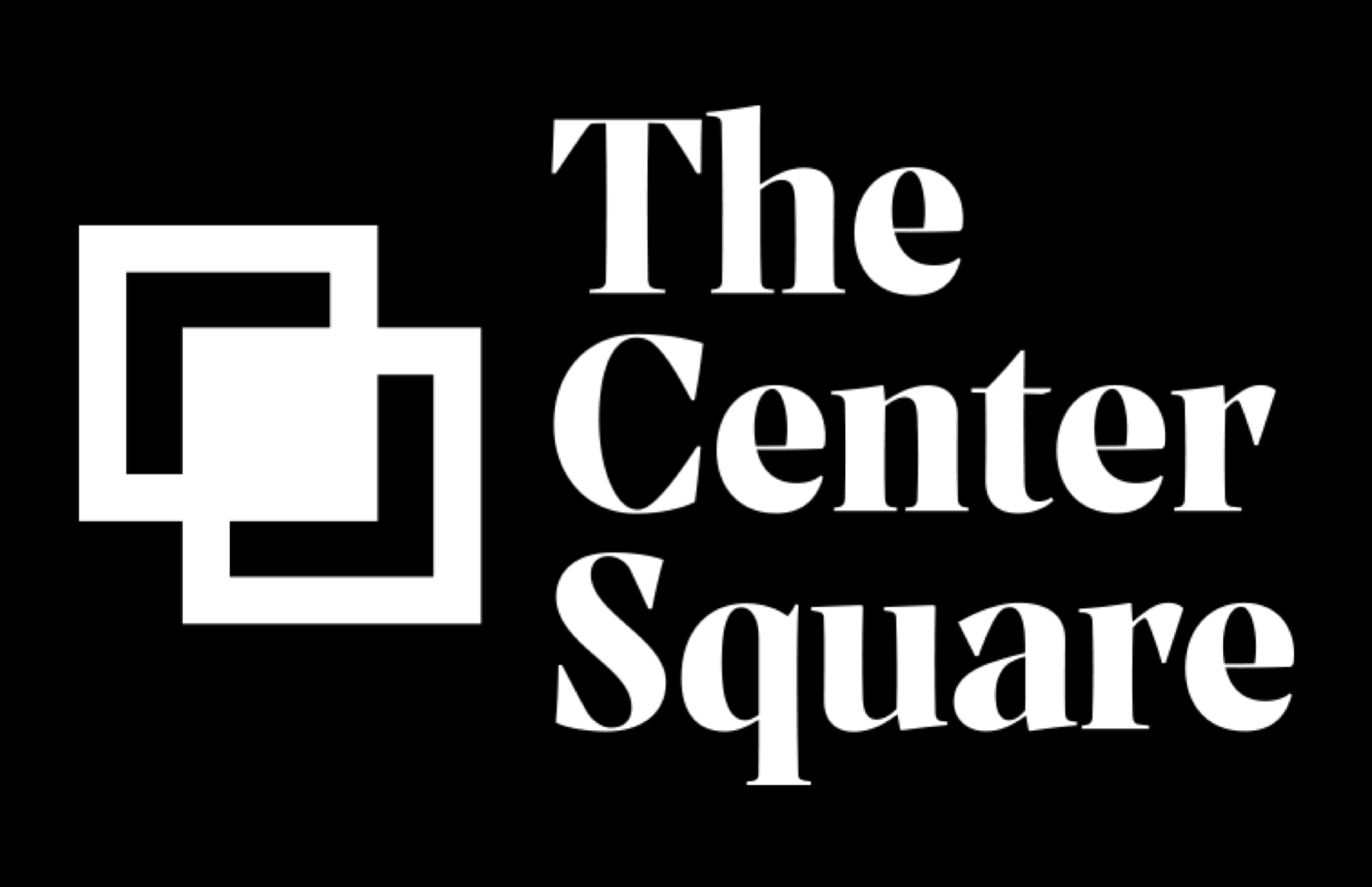|
|
Regulatory Reform |
How The Buckeye Institute Cut Needless Government Regulations
Read the Case Study | Download the Case Study Infographic
The Challenge
In 2016, when The Buckeye Institute turned its focus to cutting regulations, Ohio was one of the country’s most regulated states. A 2020 study by the Mercatus Center found that Ohio was the third most regulated state, behind only California and New York.
With more than 300 occupational licenses and more than a quarter of a million restrictions in Ohio’s Administrative Code, the state’s regulatory environment was harming workers and businesses and needed to be fixed—Ohio’s economic success depended on repairing this burdensome regulatory regime.
The Approach
Since 2016, The Buckeye Institute has led the effort in Ohio to cut needless and burdensome regulations. The goal was to make Ohio a national leader in adopting proven free-market policies that remove regulatory barriers to prosperity.
To achieve this goal in the area of occupational licensing reform, Buckeye implemented a strategic approach to identify and eliminate licenses that had broad support and use those victories to build momentum for greater and more impactful change. In the arena of cutting government regulations on businesses, Buckeye worked with different coalition partners and business groups to highlight the ongoing need for reducing regulations in Ohio and the ongoing costs of failure to do so.
The Result
The result of Buckeye’s work is the adoption of Buckeye-championed and inspired policies that eliminated ineffective, inefficient, and burdensome regulatory requirements on workers and employers that stand in the way of job creation and economic growth and make it harder for workers to start new careers and earn promotions.
With the adoption of The Buckeye Institute-championed universal occupational licensing recognition in 2023, Ohio took its place among the nation’s leaders in occupational licensing reform and now welcomes new and prospective Ohioans to live out their dreams in the Buckeye State by allowing people with an occupational license from another state who move to Ohio to return to work immediately. These policies ease worker shortages and encourage skilled workers to pursue their careers and professions in the Buckeye State.
Through The Buckeye Institute’s continued and effective leadership and commitment to comprehensive regulatory reform, Ohio is a freer state and a model for other states on how to effectively eliminate and reduce burdensome regulations that strangle economic growth and harm workers who want to earn promotions or start new careers. Due to Buckeye-championed policies, more than 1.3 million Ohioans holding an occupational license benefit from the General Assembly’s ongoing efforts to eliminate and/or reduce licensing burdens. So far, the Buckeye-championed review process has led to the elimination of 19 licenses, and 36 licenses impose fewer burdens.
Future Opportunities
The Buckeye Institute has laid the foundation for future success and even more regulatory reforms through these tremendous and compounding reforms. Building on its incredible track record of success, The Buckeye Institute is now focused on eliminating restrictions that block the supply of healthcare, such as regulations that prevent qualified medical professionals from practicing at the top of their licenses, and removing regulations that strangle innovation, hinder new technologies from being developed in Ohio, and keep Ohio from modernizing its outdated economic system.






